
Iconography depicting the graphic murder of humans in front of deities has been uncovered from numerous ancient (and sometimes not so ancient) cultures across the globe. Sacrificial rites were often performed by now vanished cultures to appease or honor the gods during harvest celebrations, plagues, famines, or battles. (Here are 25 ancient civilizations destroyed by natural disasters.)
Another common deadly ritual (called retainer sacrifice) involved killing the slaves or servants of deceased nobles so that they could continue to serve him in the afterlife.
Reviewing historical accounts from sources including Britannica and Live Science as well as various archaeological publications, 24/7 Tempo has compiled a list of civilizations that are believed or known to have sacrificed humans.
Not surprisingly, research has shown that the victims were frequently criminals, prisoners of war, or the poor. A 2016 study found that human sacrifice was much more common in stratified societies than egalitarian ones, and may have been utilized as a means of social control by the upper classes. Indeed, bone analysis from numerous sacrificial victims shows malnutrition or a substandard diet compared to non-sacrificed bodies in the same area.
Outliers exist, of course, including well-fed Inca children left to die on mountaintops and enemy rulers sacrificed by the Maya after their defeat.
It should be noted that in some cases, evidence of human sacrifice is anecdotal or inconclusive, and that sometimes the practice was inherent in the beliefs and practices of an entire culture, while in other cases it may have been particular to a smaller subculture.
Click here to see civilizations that have sacrificed humans

Early Ancient Egypt
> Timeframe: 3100-2900 B.C.
Ancient Egyptians are known to have placed strong emphasis on preparing for the afterlife — hence their elaborate tombs and embalmed bodies. In early ancient Egypt, servants were sometimes killed after the death of a pharaoh or other noble, so that they could continue to serve their lord in the afterlife.
[in-text-ad]
Shang Dynasty (China)
> Timeframe: 1600-1046 B.C.
Like the early Egyptians, the Shang often buried slaves along with their master, or expected them to voluntarily took their own lives when their master died. They also practiced ritual sacrifice during Renji ceremonies, wherein male slaves or prisoners of war were decapitated, sometimes en masse, in order to appease the god Shang-Di during times of food scarcity.

Carthage (Tunisia)
> Timeframe: circa 814-146 B.C.
Phoenicians in the city of Carthage are thought to have engaged in infant sacrifice, according to some historic Roman and Greek accounts. Children of wealthy nobles were killed in order to garner favor with the gods. Supporting evidence includes a Carthaginian burial ground called Tophet that contains thousands of urns holding cremated infants.

Aztec Empire (Central Mexico)
> Timeframe: circa 1345-1521
Much evidence supports the theory that the Aztecs sacrificed their own people to appease the gods — often during pandemics and famines — as well as war captives during the civilization’s expansion. Firsthand accounts from Conquistadors include the story of a victim whose heart was cut out and offered up to the gods while still beating. Archaeological evidence, including racks of skulls, from Aztec temples confirms that human sacrifice was a part of everyday life.
[in-text-ad-2]
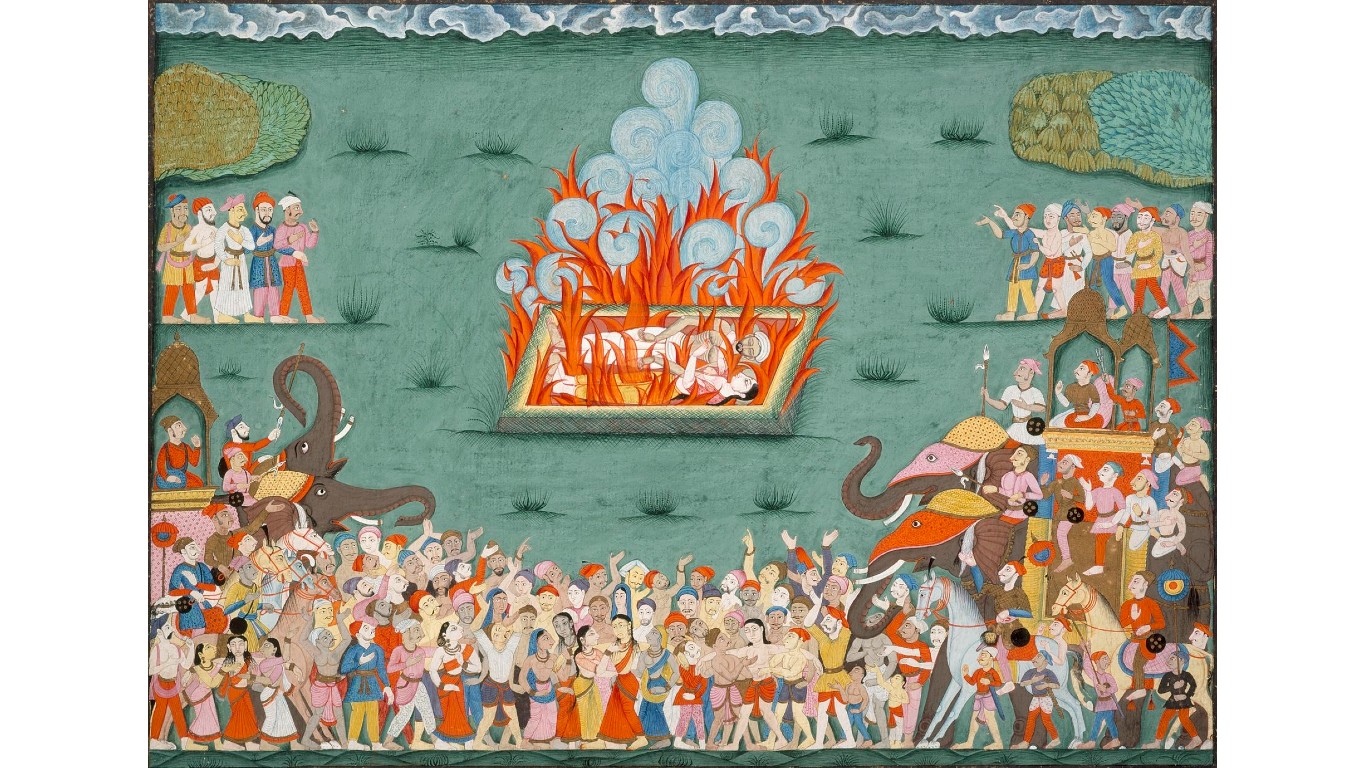
Gupta Empire (India)
> Timeframe: circa 320-550
The practice of sati — the burning of a widow on her husband’s funeral pyre, whether voluntarily or by force — most likely occurred as early as the Bronze Age, but became more commonplace after the Gupta Empire, around 500 AD. The practice most often occurred within the Rajput warrior class and was seen as a way of preserving the honor of a woman whose husband had been slain in battle.

Nazca Civilization (Peru)
> Timeframe: circa 100 B.C.-700
The Nazca sacrificed prisoners and kept their heads as trophies, according to archeological evidence. There are also indications of other ritual human sacrifice from the Nazca ceremonial pilgrimage site called Cahuachi, where many bodies have been excavated.
[in-text-ad]

Viking Norway
> Timeframe: 800-1066
Excavations of Viking graves in the Norwegian municipality of Flakstad have revealed what archaeologists believe are decapitated slaves, who were buried along with their masters. The decapitated bodies contained evidence of much cruder diets than the intact bodies, indicating a lower social status. Other Viking graves have revealed slaves who were beaten and injured before being decapitated.

Third Ur Dynasty, Mesopotamia (modern-day Iraq and vicinity)
> Timeframe:
Around 2100 BC, Mesopotamians in the city of Ur practiced retainer sacrifice, in which numerous staff of a deceased noble — including advisers, musicians, soldiers, and servants — were killed in order to serve their master in the afterlife. Some victims were slain with a sharp object driven into their skull.

Maya Civilization (modern-day northern Central America and parts of Mexico)
> Timeframe: 900 B.C.-900
The Maya practiced various forms of human sacrifice as early as 250 AD, including decapitation, death by bow and arrow, and heart removal. Human blood was seen as one of the most potent offerings to Mayan gods, and many prisoners of war — including enemy kings — were sacrificed to honor them.
[in-text-ad-2]

Ancient Hawaii
> Timeframe: circa 1219-1810
Ancient Hawaiian temples dating back as far as 1300 AD contain sacrificial altars where offerings were made to various gods, including gods of war. Ritual sacrifices may also have been performed on the poor and criminals to enforce and maintain a social hierarchy and keep the lower classes in check.
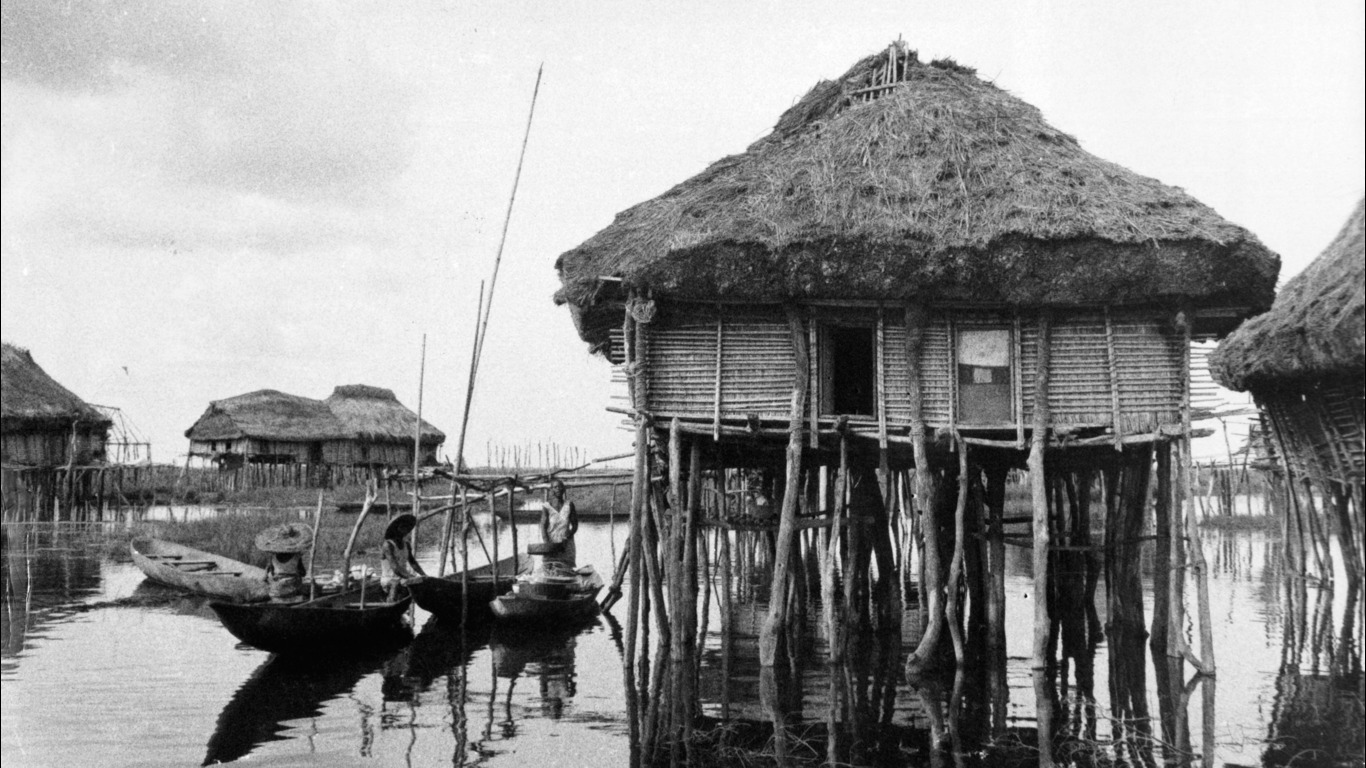
Dahomey (modern-day Benin)
> Timeframe: circa 1600-1904
Rulers of the West African kingdom of Dahomey practiced human sacrifice in a yearly kingdom celebration, often decapitating prisoners of war and criminals in honor of departed kings and ancestors. Some sources claim that 4,000 people were sacrificed for the celebration in 1727.
[in-text-ad]

Inca Empire (western South America)
> Timeframe: circa 1400-1533
The sacrifice of children to appease the gods was widely practiced by the Inca, as evidenced by the many mummies of well-cared for children between the ages of 6 and 15 found high in the Andes. The children were often fed fattening diets in the months leading up to the sacrifice, then given coca leaves and dressed in fine clothing before being strangled, bludgeoned, or left to freeze.
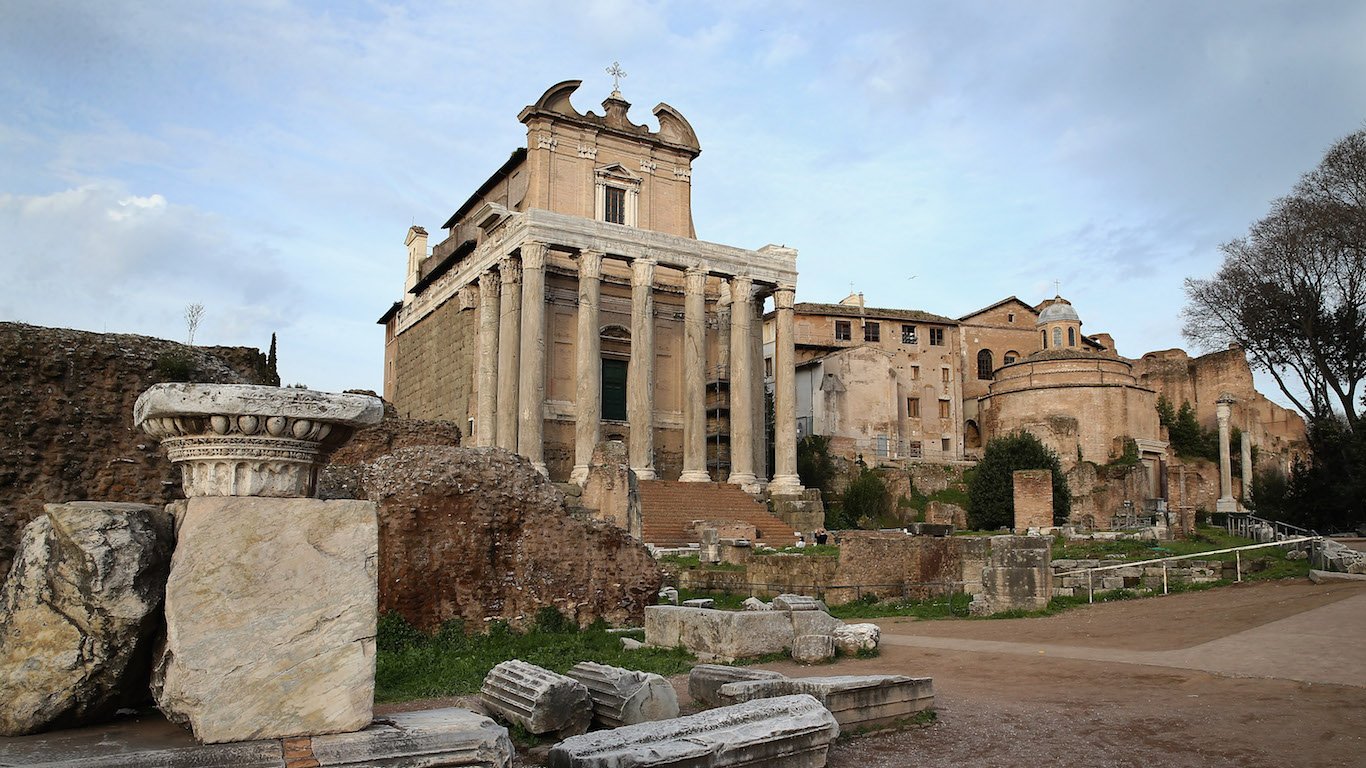
Ancient Rome
> Timeframe: 753 B.C.-476
Although the Romans often looked down upon cultures who sacrificed humans, they themselves participated in the practice in certain circumstances, including the burying alive of Vestal Virgins who were unchaste, the drowning of hermaphrodite children, and the sacrifice of captured enemies after battle.
Early Japan
> Timeframe: 250-1573
As early as the third and as late as the 16th century, a practice known as hitobashira has been recorded in Japanese texts. The practice involves burying a person alive under or in the walls of a newly constructed building, bridge, or dam. The sacrifice is meant to prevent accidents during construction as well as destruction of the structure due to wars or natural disasters.
[in-text-ad-2]

Ancient Greece
> Timeframe: 1200 B.C.-323
Ancient Greek texts have long alluded to human sacrifices to the god Zeus during a yearly festival on Mount Lykaion. Little proof of these sacrifices existed until 2016, when archaeologists unearthed the 3,000-year-old remains of a teenage boy near an altar where animal sacrifices also took place.
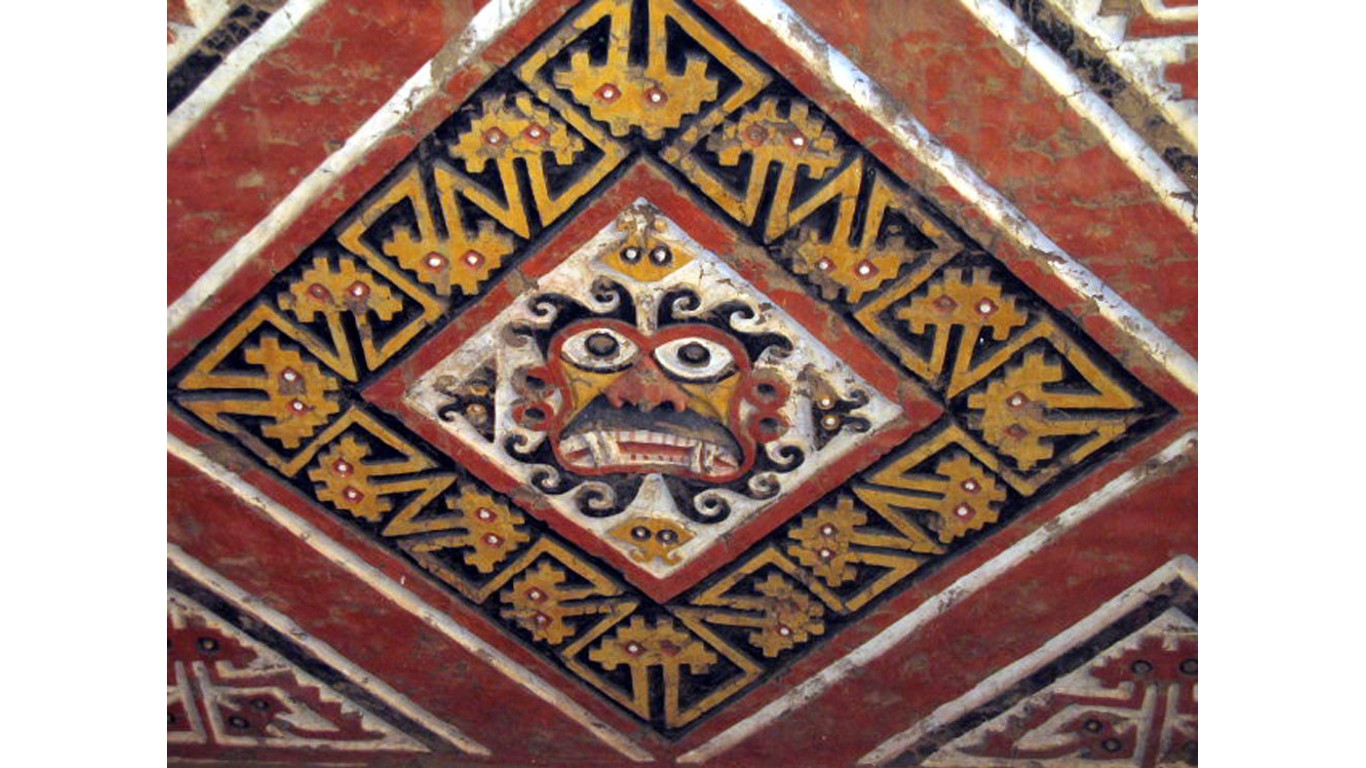
Moche Civilization (Peru)
> Timeframe: 100-800
Many Mesoamerican societies practiced human sacrifice, including the Moche. Human sacrifice is depicted frequently in their art, and may have been performed in an effort to ensure bountiful harvests. Remains of multiple sacrificed people have been found in Moche temples.
[in-text-ad]

Ancient Fiji
> Timeframe: circa 1100 B.C.-circa 1200
In a ritual similar to the Hindu practice of sati, widows of chiefs and other nobles in ancient Fiji were often strangled — sometimes by their own brothers — and buried with their husbands. If the man had many wives or mistresses, they would all be killed in order to “carpet the grave.”
Gaya Confederacy (Korea)
> Timeframe: 42-562
Like the Japanese, ancient Koreans may have sacrificed individuals as early as the 4th century AD by burying them under buildings and castles in order to ensure the safety or efficiency of the structure. Bodies unearthed under Wolseong Palace show signs of malnutrition, indicating that the victims were of low-ranking class.
Etruscan Civilization (Italy)
> Timeframe: 900-27 B.C.
The pre-Roman Etruscan culture of ancient Italy engaged in ritual sacrifice of lower-class, diseased, and foreign victims, possibly as a means to help the souls of the higher-class deceased reach their ancestors in the kingdom of death. Prisoners of war may also have been sacrificed to honor fallen Etruscan leaders.
[in-text-ad]

Asante Civilization (Ghana)
> Timeframe: 1701-1957
Although numerous accounts exist of human sacrifice among the Asante, many may be overblown propaganda. It is possible, however, that the Asante sacrificed criminals during harvest ceremonies in order to ensure plentiful yields, as well as slaves to ensure that their deceased master had servants in the afterlife.

Ancient Cahokia (modern-day Illinois)
> Timeframe: 700-1350
The largest city in pre-Columbian North America, Cahokia thrived in the Mississippi River Valley in modern-day Illinois. Burial mounds found among the ancient city’s ruins have revealed over 270 bodies that were victims of human sacrifice. Many mounds contain malnourished young women who were most likely strangled or bled to death, while one contains the bodies of nearly 40 men and women who were killed by bludgeoning, bow and arrow, or decapitation.
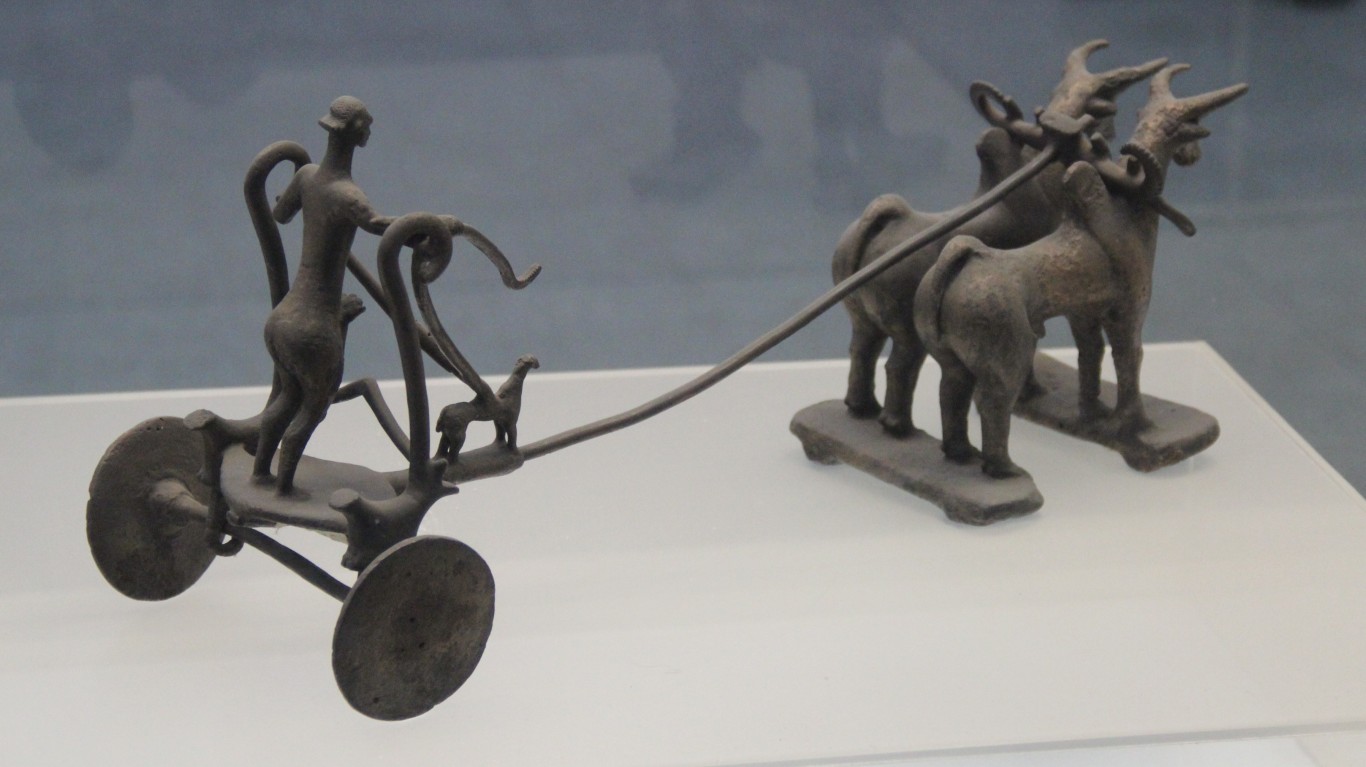
Indus Valley Civilization (modern-day Pakistan)
> Timeframe: circa 3300-circa 1300 B.C.
The Indus Valley civilization had two major cities, Harappa and Mohenjo-daro. Although no excavated remains of sacrifice victims have been found in their ruins, artwork has been found that depicts warriors being sacrificed in front of gods.
Get Ready To Retire (Sponsored)
Start by taking a quick retirement quiz from SmartAsset that will match you with up to 3 financial advisors that serve your area and beyond in 5 minutes, or less.
Each advisor has been vetted by SmartAsset and is held to a fiduciary standard to act in your best interests.
Here’s how it works:
1. Answer SmartAsset advisor match quiz
2. Review your pre-screened matches at your leisure. Check out the advisors’ profiles.
3. Speak with advisors at no cost to you. Have an introductory call on the phone or introduction in person and choose whom to work with in the future
Thank you for reading! Have some feedback for us?
Contact the 24/7 Wall St. editorial team.

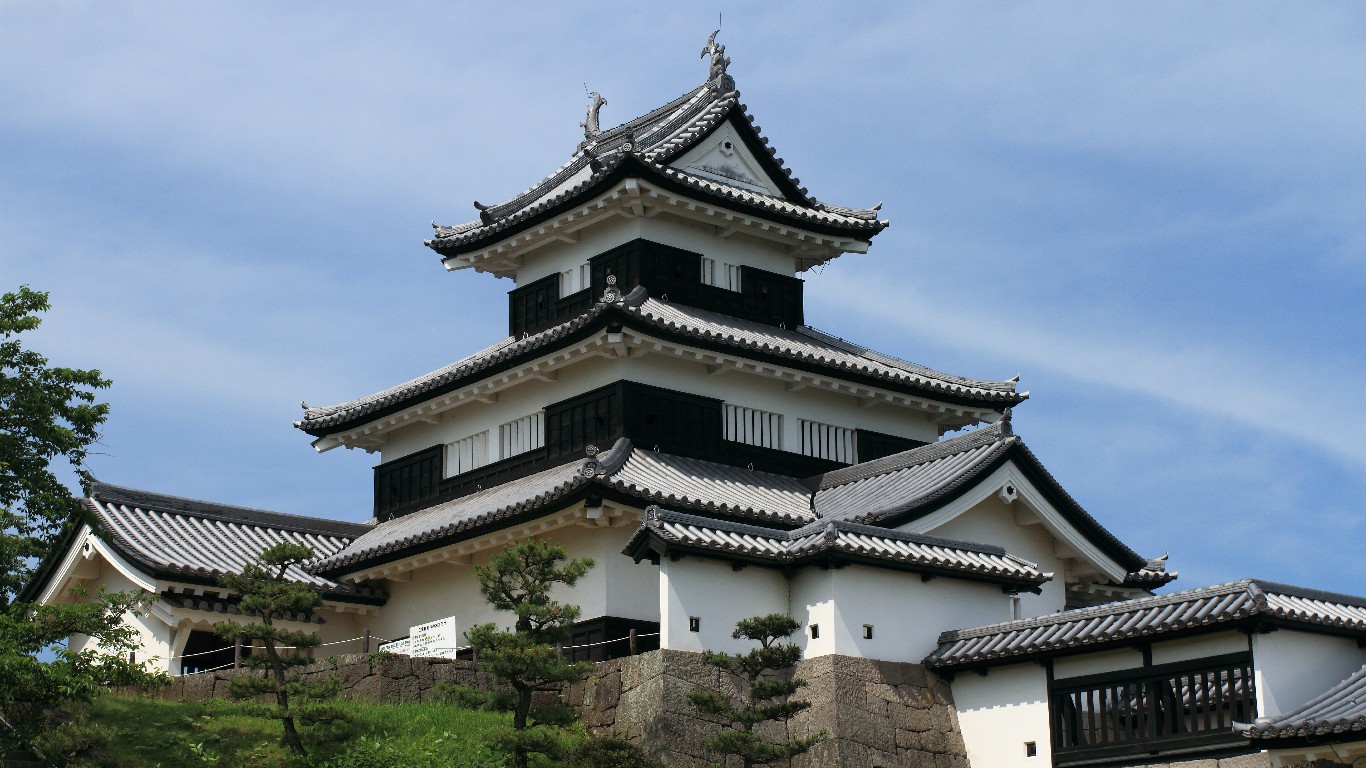
 24/7 Wall St.
24/7 Wall St.

 24/7 Wall St.
24/7 Wall St.
